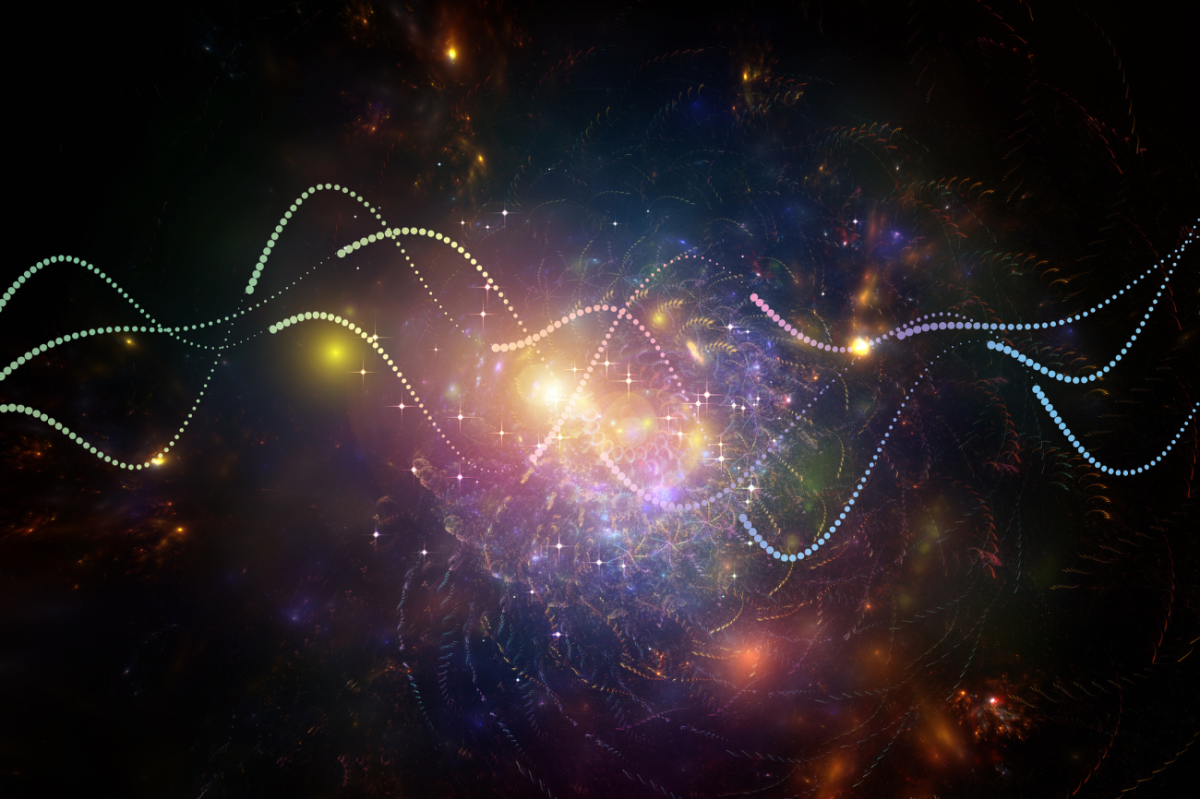If We Can’t Send People Back in Time, Can We Send Information?
Posted on Categories Discover Magazine

Causality is kind of important.
Causality — the concept that causes always come before effects — forms the bedrock for our physical understanding of the universe. It isn’t just a theory or law of physics. Causality is physics.
Therefore, we assume causality to be true every time we construct a new theory or develop a new model. And we always bake it into each of our equations, automatically constructing models where (you guessed it) causes lead into effects.
But causality doesn’t just form the basis for science; it underpins our entire logical understanding of reality itself.
If I smash an egg to pieces, it isn’t broken until after I smash it. If you see a car coming and swerve the steering wheel, you don’t have the reaction of swerving until after you see the car.
Causality allows us to logically connect the events that we encounter in the universe — and allows us to neatly divide the flow of time into the past, present and future. What we experience as the flow of time is really just all the causes of the past smoothly leading into all the effects of the future.
Read More: Is There a Particle That Can Travel Back in Time?
Is Time Travel Real?
Time travel into the past, however, violates causality because it allows for effects to come before their causes. This is easiest to see in any of the innumerable paradoxes that backwards time travel creates.
For example, let’s say you go back in time and, after exploring for a bit, you trip on a rock and die. But since you died in the past, there’s no way for you to be born in the future. Births always come before deaths — that’s causality. By placing your own death before your own birth, we lose all sense of causation and a logical flow to the universe.
Now, to figure out why we can’t transmit information back into the past, let’s make this example a little more complicated.
Let’s say you have a device that can send a signal back in time. And let’s say that you want to keep your device secret, and so you rig it with a self-destruct mechanism if it receives a very special secret command.
You run your device, sending signals into your own past, and everything is just fine for a while. But one day you spill coffee onto the machine, and it accidentally transmits the code for the self-destruct signal.
That signal races back in time, where it’s received by the same machine. Upon receiving the secret code, it blows itself up. It no longer exists — but if the machine was destroyed in its own past, then how could it ever exist to send the self-destruct signal in the first place?
Read More: Why Can’t We Reverse the Arrow of Time?
Pumping the Brakes on Time Travel
As you can see, paradoxes abound — not just with sending people or things into the past, but also information. That’s because information has just as much ability to create change and affect the sequences of events, which end up violating causality.
In physics, there’s actually a speed limit to how quickly a cause can lead to an effect: It’s the speed of light. Light speed is the fastest way that objects, signals, information and causality itself can be transmitted.
And since causality determines our sense of the flow of time, here’s another way to look at this: The speed of light is also the speed of time, and therefore the limit to causality. This is one of the reasons that it’s impossible to go faster than light.
But if you could, you’d be able to send signals backward in time and ultimately violate causality.
Read More: What Is the Grandfather Paradox of Time Travel?